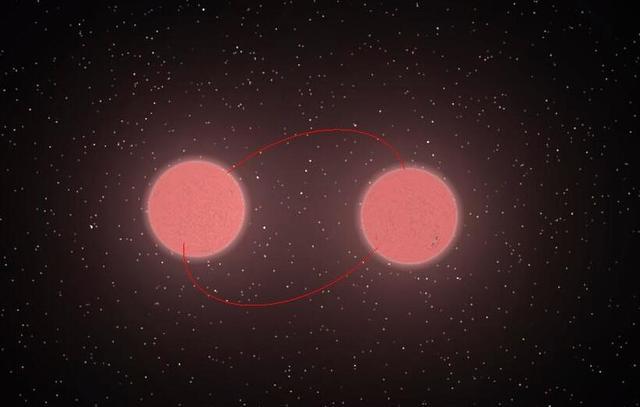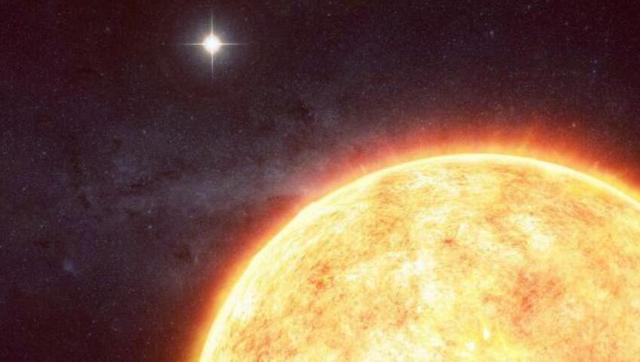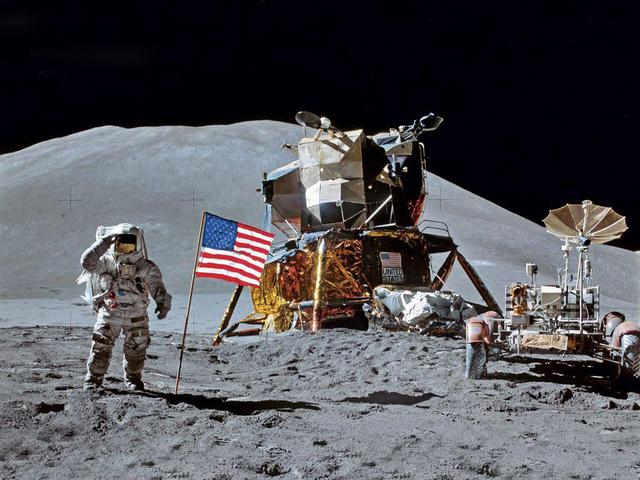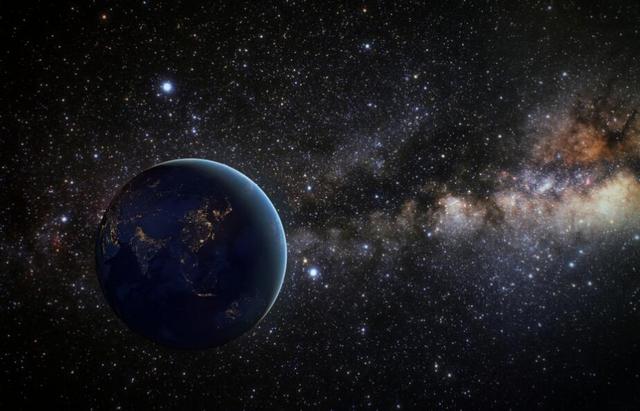- Beauty
If someone asks, which is the closest star to the sun? You could say that this star is about 4.22 light years away from the sun, but if you ask which star is the 2nd closest to the sun? That's not easy to answer.
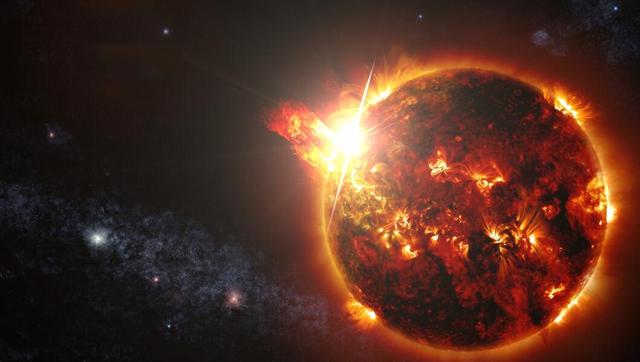
And if pressed further: What about the 3rd closest star to the sun? You might even be asked: Do you know which are the 10 closest stars to the sun? Then the number of people who know is probably even smaller. It's okay if you don't know, here's a look at the 10 closest stars to the sun.
Alpha centauri
The nearest star to the sun is, of course, proxima, which is familiar to everyone, so i won't go into details here.
In fact, proxima belongs to a triple star system known as alpha centauri, and the other two stars are alpha centauri a and alpha centauri b. They form a binary system around which proxima orbits at a distance of about 13,000 astronomical units.
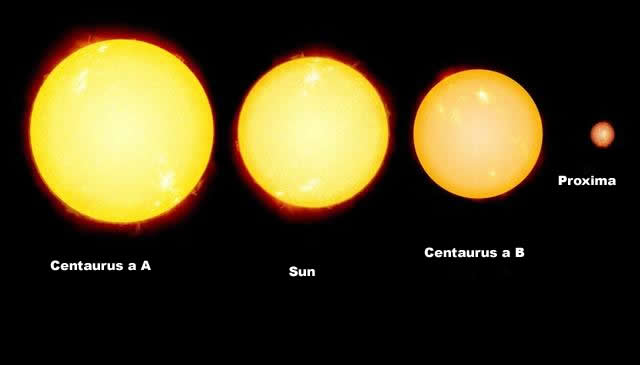
"Alpha centauri a and alpha centauri b are both stars about the same size as the sun, the former being about 10% more massive and about 1.2 times the radius of the sun, and the latter about 90% of the mass and 86% of the radius of the sun. 86%.
"The binary system of alpha centauri a and alpha centauri b is at a distance of about 4.37 light-years from the sun, and the two stars will orbit each other, in the process becoming alternately the 2nd and 3rd closest stars to the sun. .
Barnard's star
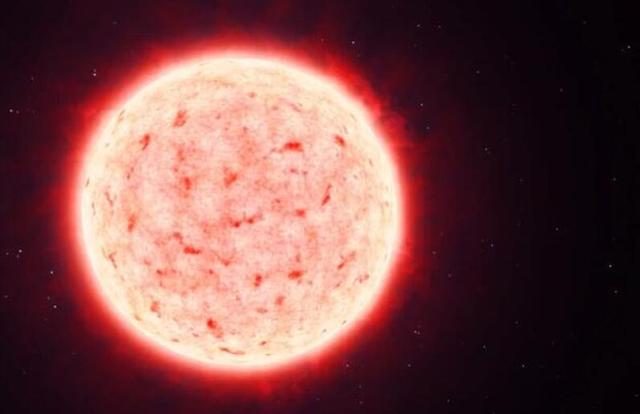
Barnard's star is located in the constellation serpens, about 5.96 light years from the sun, and is the 4th closest star to the sun, with only about 15% of the sun's mass and a radius of about 1 fifth of the sun, making it a faint red dwarf.
According to astronomers, barnard's star is approaching the sun at a rate of about 107 km per second, and on this trend it will reach a distance of 3.85 light-years from the sun in 11800 ad and replace proxima as the closest star to the sun, but this is only temporary, because after that barnard's star will move away from the sun again.
Wolf 359
Wolf 359 is also a red dwarf, with a lower mass than barnard's star, about 9% of the sun's, and a radius of only about 16% of the sun's. This star is in the constellation leo in the sky, at a distance of about 7.86 light years from the sun, making it the 5th closest star to the sun.
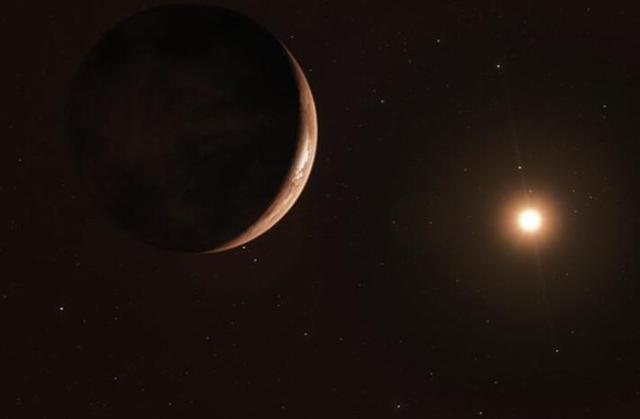
In contrast to barnard's star, wolf 359 is moving away from the sun at a rate of about 19 kilometres per second. Observations show that wolf 359 has two planets, the one closer to the host star would be a super-earth with a mass of at least 2.2 times that of the earth, and the other planet is a giant planet with a maximum estimated mass of 73.4 times that of the earth however, neither of these planets is located in the habitable zone.
Gliese 411
Gliese 411, also known as lalande 21185, is located in the sky in the constellation ursa major, about 8.31 light-years from the sun, and is the 6th closest star to the sun. This star is still a red dwarf, but it is much more massive than the aforementioned barnard's and wolf 359, with a mass of 46% of the sun and a radius of about 39.2% of the sun's radius.
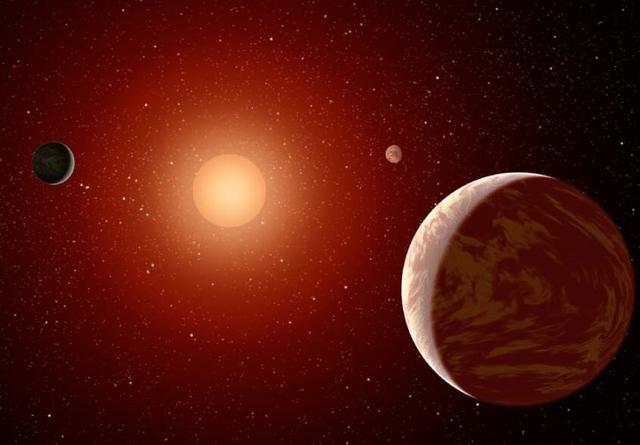
Gliese 411 also has two planets, one with a mass of about 2.64 times the mass of the earth, which would be a super-earth, and another with a mass of about 14.2 times that of the sun, which could be a super-earth or a mini-neptune. These two planets are also not in the habitable zone, although astronomers suspect that there should be another rocky planet in between their orbits, and this one is likely to be in the habitable zone.
Sirius
Sirius is the brightest star in the night sky, and its popularity can be compared to that of proxima, which we will briefly describe here.
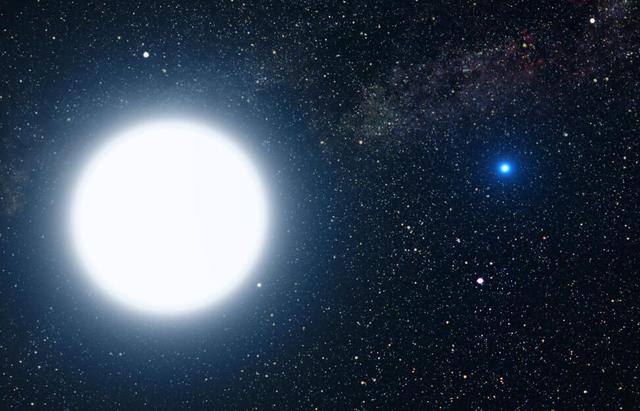
By sirius we usually mean 'alpha canis major a', a bright blue dwarf with a mass about twice that of the sun and a radius about 1.7 times that of the sun, which actually has a companion star, 'alpha canis major b'.
"Alpha canis major b is about 1.1 times as massive as the sun, a dense white dwarf with a radius about the same as the earth. These two stars form a binary system about 8.6 light years from the sun, and in their motion around each other, they alternate between being the 7th and 8th closest stars to the sun.
Rutan 726-8
Rutan 726-8 is in the sky in the constellation cetus, at a distance of about 8.73 light-years from the sun, and is actually a binary system consisting of "Rutan 726-8a" And "Rutan 726-8b", so they also alternate as 9th and 10th closest stars to the sun.
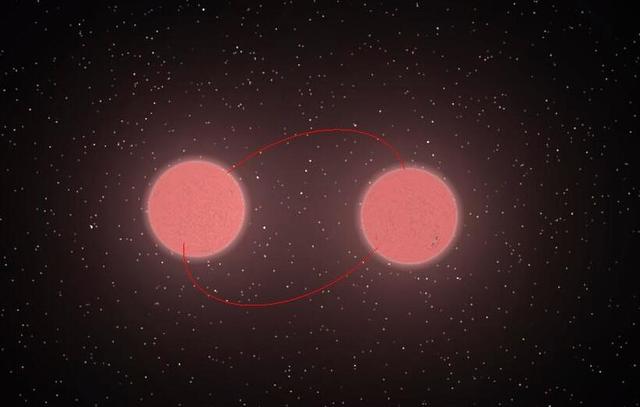
The two stars that make up rutan 726-8 are both red dwarfs and are very close in mass and volume, both having a mass of about 10.2% of the sun's mass and a radius of about 14% of the sun's radius. Based on known observations, astronomers have speculated that rutan 726-8 may have two giant planets (one about 10% more massive than jupiter and the other about 40% more massive), although these two giant planets have not yet been confirmed.
These are the 10 closest stars to the sun, and it may seem that the sun is in a "Busy" Region, but in reality it is not.
There are 11 stars (including the sun) in a sphere of 8.73 light-years radius centred on the sun, and a simple calculation shows that there are only about 0.004 stars per cubic light-year in this sphere.
In contrast, the density of stars in the centre of the milky way can be over 100 stars per cubic light year, which is why the region where the sun is located is often referred to as the "Remote and inhospitable part of the galaxy", but this is actually a good thing for us, because in a dense region of stars, it is difficult for carbon-based life like ours to survive for long. It's a good thing for us, because it's hard for carbon-based life like ours to survive for long in a dense region of stars.

